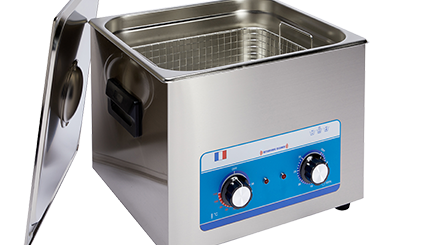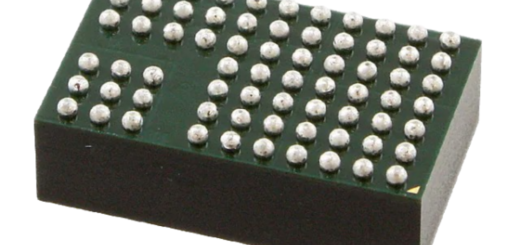All You Need To Know About Building Services Engineering
Building services engineering refers to the design, installation, and maintenance of the essential services within a building, such as heating, ventilation, air-conditioning (HVAC), lighting, power, and fire protection. The primary aim of building services engineering is to ensure that a building provides a comfortable and safe environment for its occupants, while also being energy-efficient and cost-effective to run.
Heating, Ventilation, and Air-Conditioning (HVAC)
HVAC is one of the most critical aspects of building services engineering, as it plays a significant role in determining the indoor air quality and temperature of a building. HVAC systems are designed to maintain a comfortable indoor environment by controlling temperature, humidity, and air quality. This is achieved through a combination of heating, cooling, and ventilation systems, which work together to regulate the temperature and air quality inside the building.
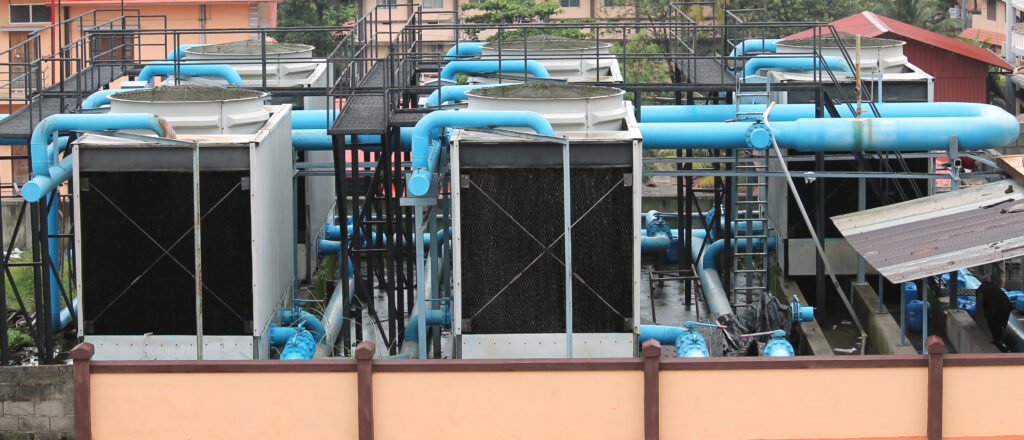
Heating Systems
Heating systems are used to provide warmth during cold weather and are typically based on either boilers, furnaces, or heat pumps. Boilers heat water and distribute it to radiators throughout the building, while furnaces burn fuel to produce heat, which is then distributed through air ducts. Heat pumps are systems that use electricity to transfer heat from the outside air into the building.
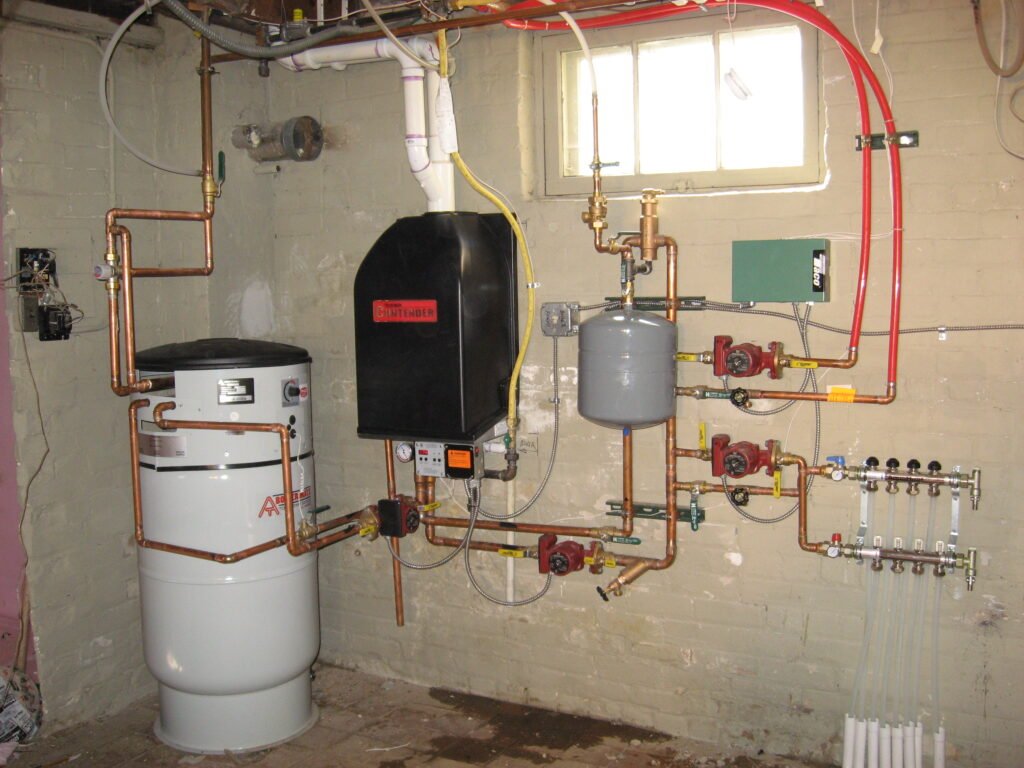
Cooling Systems
Cooling systems are used to provide relief from hot weather and can be based on air conditioning units, refrigeration systems, or evaporative cooling. Air conditioning units work by removing heat from the indoor air and transferring it outside, while refrigeration systems use refrigerant to absorb heat from the indoor air and then transfer it to the outside air. Evaporative cooling systems work by blowing air over water-soaked pads, which cools the air as it evaporates.

Ventilation Systems
Ventilation systems are used to provide fresh air to the building and remove stale air and pollutants. There are several types of ventilation systems, including natural ventilation, mechanical ventilation, and mixed-mode ventilation. Natural ventilation relies on the movement of air through open windows and doors, while mechanical ventilation uses fans and ducts to force air into the building. Mixed-mode ventilation combines both natural and mechanical ventilation, using a combination of opening windows and using mechanical systems when required.
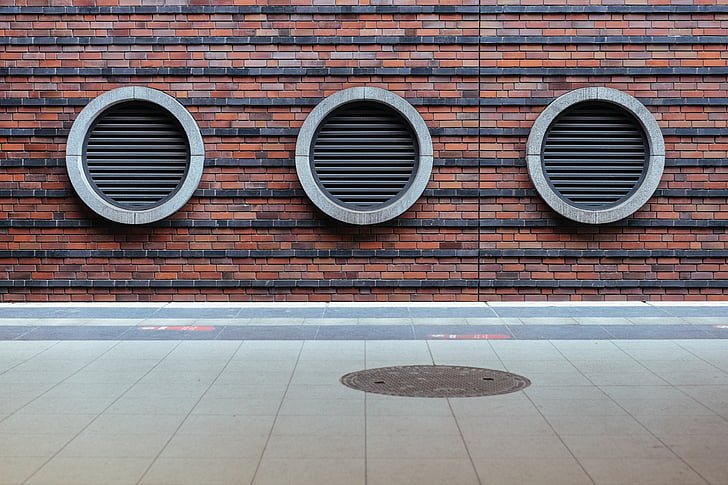
Lighting
Lighting is another important aspect of building services engineering, as it affects the comfort and safety of the building’s occupants. There are several types of lighting systems, including natural light, artificial light, and emergency lighting. Natural light is provided through windows and skylights, while artificial light is provided through light fixtures such as lamps, LED lights, and fluorescent tubes. Emergency lighting is used to provide lighting in the event of a power failure, ensuring that the building remains safe and usable even in the dark.

Power
Power systems are critical to the functioning of any building, as they provide the energy required to operate lighting, HVAC, and other building services. Power systems typically include electrical distribution systems, backup generators, and uninterruptible power supplies (UPS). Electrical distribution systems are used to distribute electrical power throughout the building, while backup generators provide backup power in the event of a power failure. UPS systems provide power to critical systems in the event of a power failure, ensuring that they remain operational.
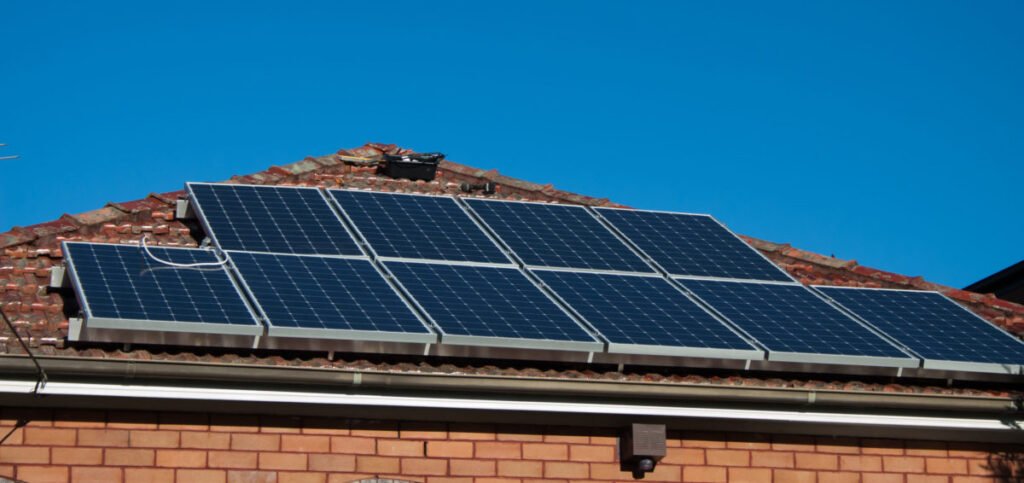
Fire Protection
Fire protection is a critical aspect of building services engineering, as it helps to ensure the safety of the building’s occupants in the event of a fire. Fire protection systems include fire alarms, sprinkler systems, smoke ventilation systems, and fire suppression systems. Fire alarms are used to detect and alert building occupants of a fire, while sprinkler systems are used to automatically extinguish fires. Smoke ventilation systems are used to remove smoke from the building in the event of a fire, while fire suppression systems are used to control and extinguish fires using special agents such as water, foam, or gases. In addition to these systems, building services engineers also design and install fire-resistant materials and structures to slow down the spread of fire and provide safe escape routes for building occupants.
Building services engineers play a crucial role in the design, construction, and operation of buildings, as they ensure that the essential services within the building are safe, efficient, and cost-effective. They work closely with architects, contractors, and building owners to ensure that the building services meet the needs of the building and its occupants. With their knowledge and expertise in building services engineering, they are responsible for ensuring that the building provides a comfortable, safe, and energy-efficient environment for its occupants.
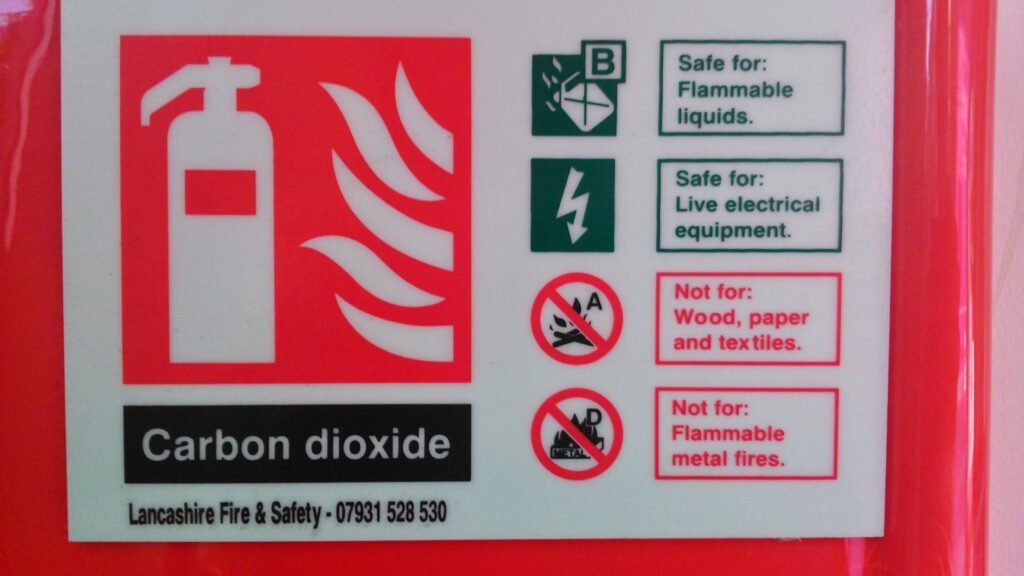
Conclusion
In conclusion, building services engineering encompasses a range of services and systems, including HVAC, lighting, power, and fire protection, which are essential for the comfortable and safe operation of buildings. Building services engineers are responsible for ensuring that these services and systems are designed, installed, and maintained to the highest standards, providing building occupants with a safe and comfortable environment. As the demand for energy-efficient and sustainable buildings increases, building services engineers play a crucial role in ensuring that buildings are designed, constructed, and operated to meet these demands and provide a more sustainable future.


